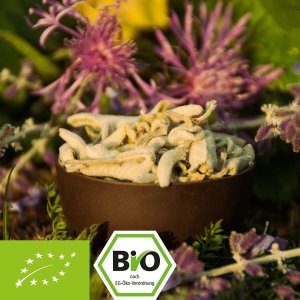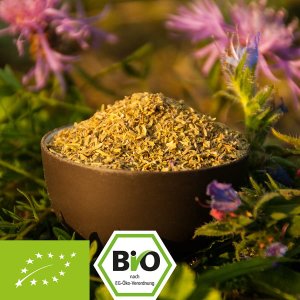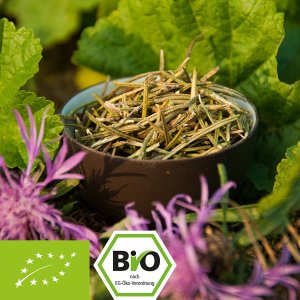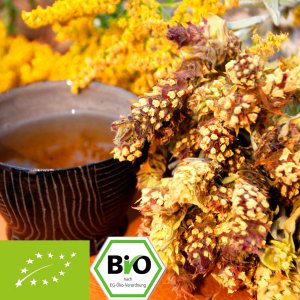The start of summer is harvest time at the Aspermühle
At the beginning of summer, the surroundings of the Aspermühle, nestled between the Niers and Reichswald forests, are particularly charming and idyllic and provide food for various wild bees and bumblebees.

Flower pollen harvest in Spain starts in April
While early bloomers such as willow, maple and wild mirabelle, which provide an important food supply of pollen and nectar for bees, bumblebees and other insects as early as March, have long since faded and been replaced by black locust, hawthorn and chestnut, extensive blackberry hedges and elderberry bushes are now in bloom around the Aspermühle.


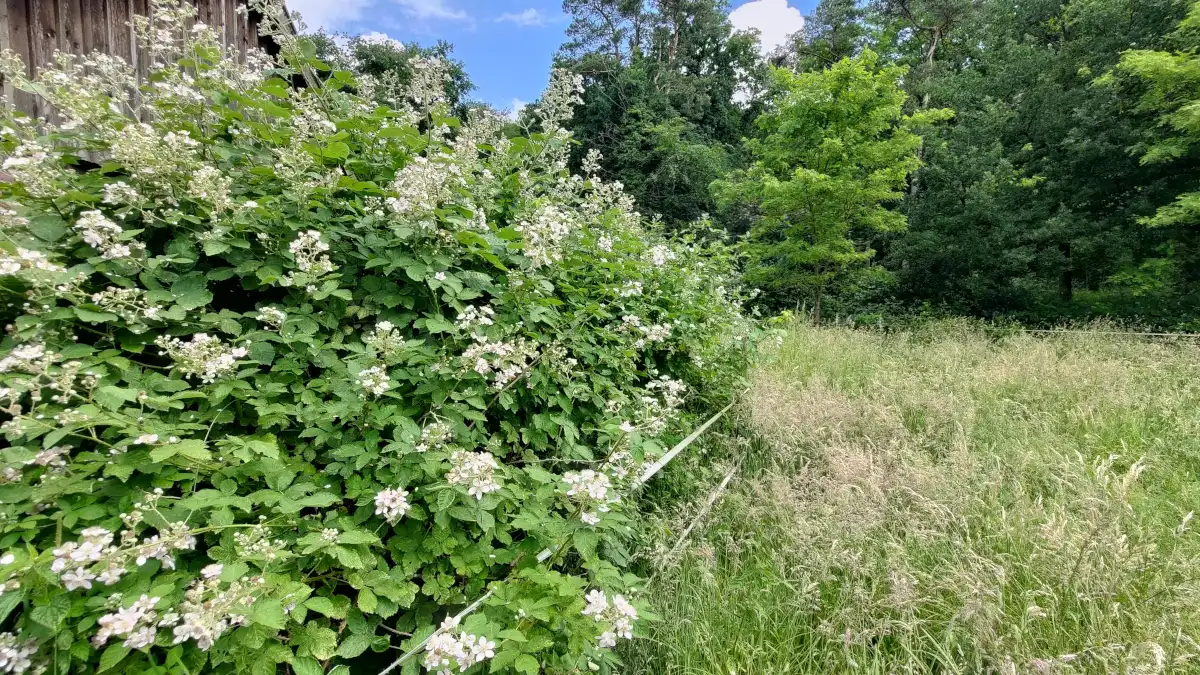

But it is not only wild flowering plants that provide food for insects. In recent years, a large wildflower area has been created behind the Aspermühle.
Wildflowers of all kinds can now be found here. The meadow daisy, various types of clover, wild poppy, cranesbill and meadow knapweed are currently in bloom.
The Aspermühle thus makes a valuable contribution to preserving insect diversity, which has unfortunately declined significantly in recent years.

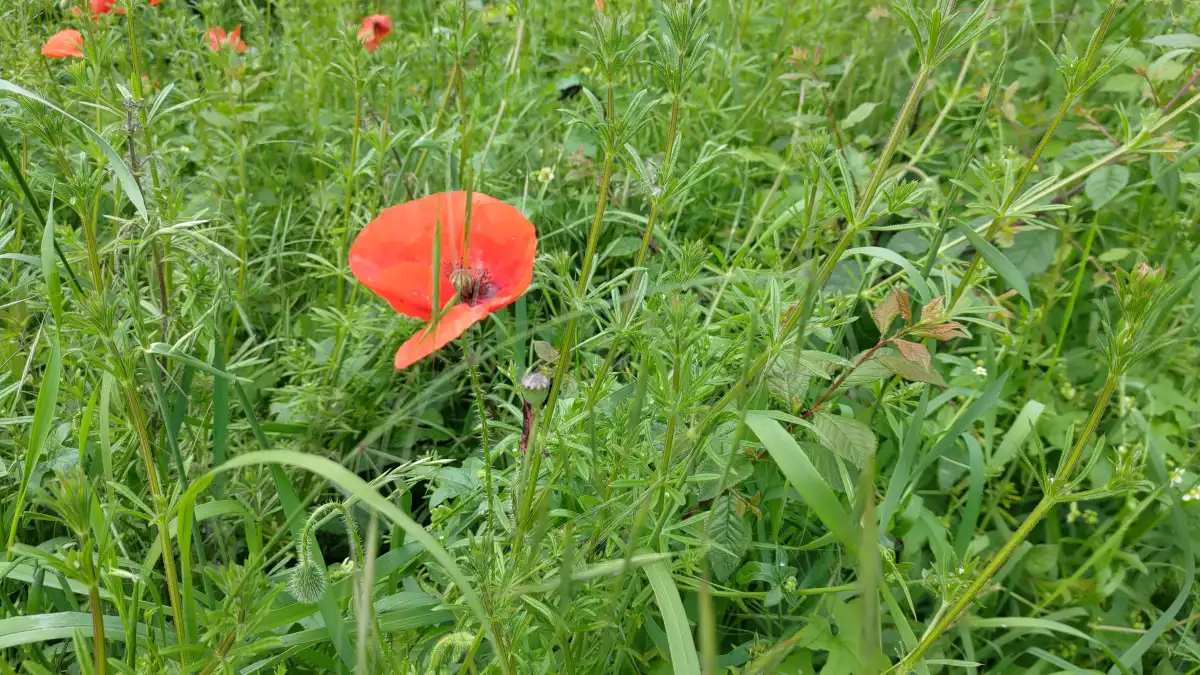
So while the bees are still busy bringing in pollen here, the pollen harvest 2,000km further south in Spain is almost complete and the first batches have already been cleaned and dried.
Drying the pollen is basically the most important step in the process, as correct drying is crucial for the optimum quality of the pollen. Various factors play a role here. On the one hand, speed plays a decisive role, because the pollen still has a high degree of moisture when it enters the hive, which would quickly lead to mold growth and thus spoilage of the pollen.
It is therefore essential that the beekeeper "harvests" the pollen several times a day and dries it. There are various ways of doing this. On the one hand, he can dry them in the sun to save energy, which is certainly the simplest method.
Unfortunately, this method cannot always be used, because in times of heavy rainfall and therefore high humidity, only low-temperature drying cabinets are available. This is of course also a cost factor, because while the sun dries for free, energy costs are of course incurred for drying cabinets, which can only be partially offset by using solar cells.
You can find various types of pollen in our store:
In the beehive itself, the bees preserve the pollen. This is done by mixing it with propolis and saliva, which ferments the pollen into what is known as bee bread or perga. It is fermented in a kind of lactic acid process, making it durable and digestible. Bee bread is usually only harvested by beekeepers in the fall.
Barley grass - a nutrient-rich spring vegetable
But it is not only pollen that is harvested at this time of year. Barley grass, which was sown last year in the form of winter barley, is also usually harvested in May. Winter barley is sown in the fall of the previous year and therefore has a significantly longer vegetation period than spring barley, which is sown in March of the same year and can also be harvested in May. The advantage of winter barley is that it can take advantage of the winter moisture and therefore does not suffer from dry periods like spring barley, which naturally means fewer crop failures. After the harvest, you have 2 options. Either you let the plant continue to grow until it is ready to harvest again or you plow it up and sow again. In order to obtain a high-quality and fine Barley Grass (Bio), the second method is of course preferable, as the plant tends to become woody with the first method.
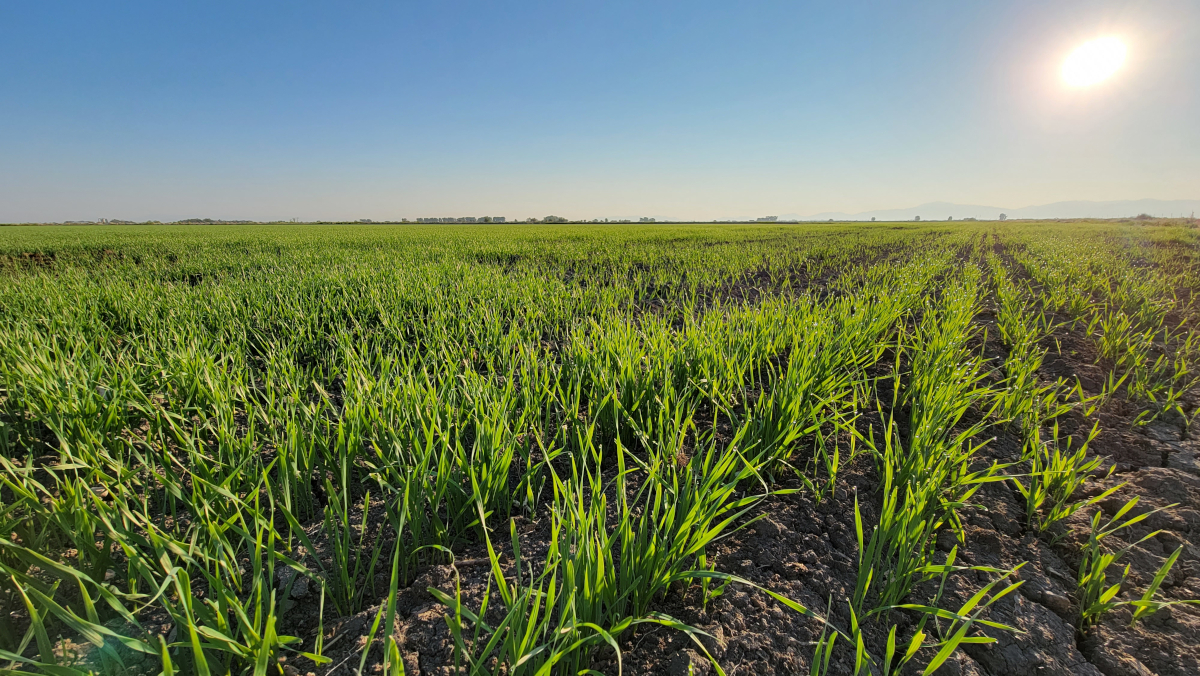
Field with young barley grass
During this process, the plant stores so-called lignin in the cells. Lignin ensures that the plant material hardens. The plant stores significantly less water in these areas. It is easy to imagine that dry, woody material is unsuitable for a barley grass or even barley grass juice powder of high quality and with a high nutrient concentration.
For this reason, responsible farmers sow again after the first harvest in order to have first-class plant material available for the next harvest in the year.
Fine powdered barley grass or barley grass juice powder can then be obtained from fresh barley grass. With barley grass juice powder in particular, it is important to only use barley grass from the first harvest, as otherwise you will obtain too little fine plant material and only a low juice content. Particularly fine plant material is essential for the high quality of barley grass juice powder.
Buy barley grass in the Aspermühle online store:
But not only pollen and barley grass are ready for harvest in May.
Indian sand plantain - rich fiber harvest just before the rainy season
At the same time, Indian plantain (Plantago ovata) also ripens in India, from which psyllium seeds or psyllium husks are extracted.
Just like barley, Indian plantain is sown the previous year. In this case in November/December. The plant therefore needs about six months from germination to harvest maturity.
As the name sand plantain suggests, the plant prefers rather dry locations and does very well with little water.
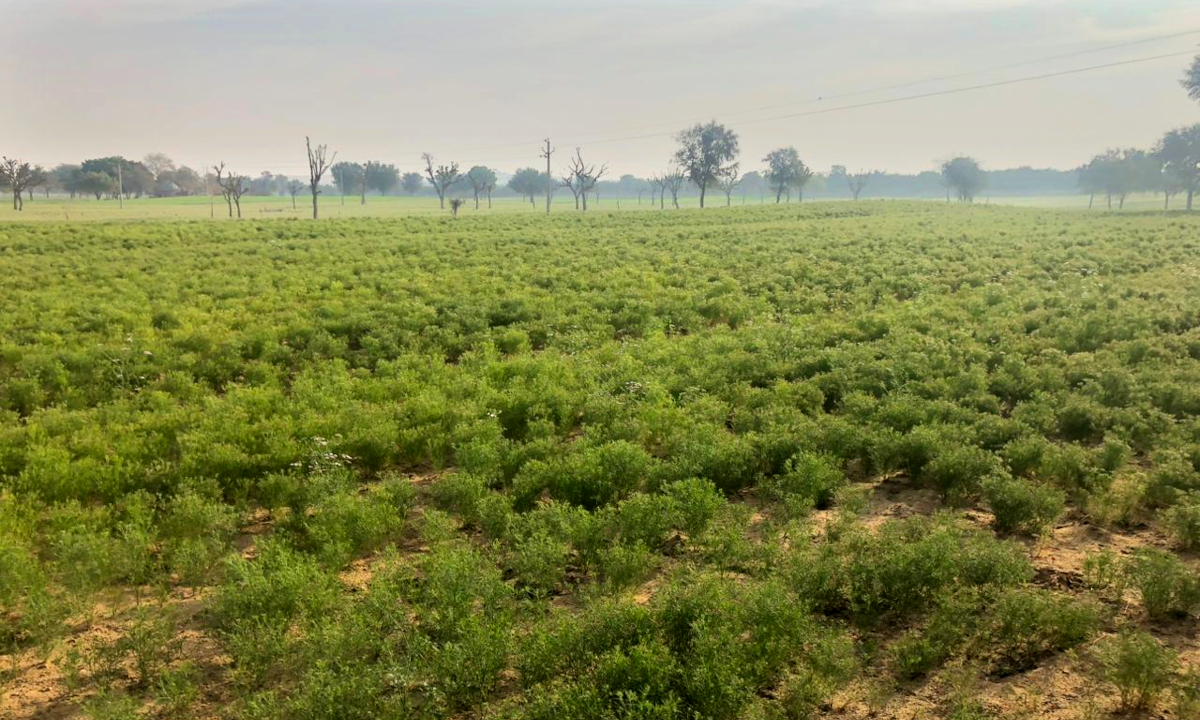
Field with young sand plantain plants
Unfortunately, this is sometimes its undoing at harvest time, when the plant is supposed to dry out.
As the main cultivation areas of Indian sand plantain are in Rajasthan, Gujarat and Madhya Pradesh, i.e. in the west and north-west of India, the rainy season usually begins in June.
However, due to climatic fluctuations, it is quite possible that this can start as early as May, which still falls within the psyllium harvest season.
Unfortunately, this often results in severe crop failures, which drive up the price of psyllium and psyllium husks. This is what happened in 2022 and 2023 and ensured that the market was emptied within a very short time, which naturally drove up purchase prices enormously.
Due to two consecutive poor harvest years, there is naturally an intense demand for psyllium seeds and psyllium husks, which is why prices rose sharply again shortly after harvesting and processing.
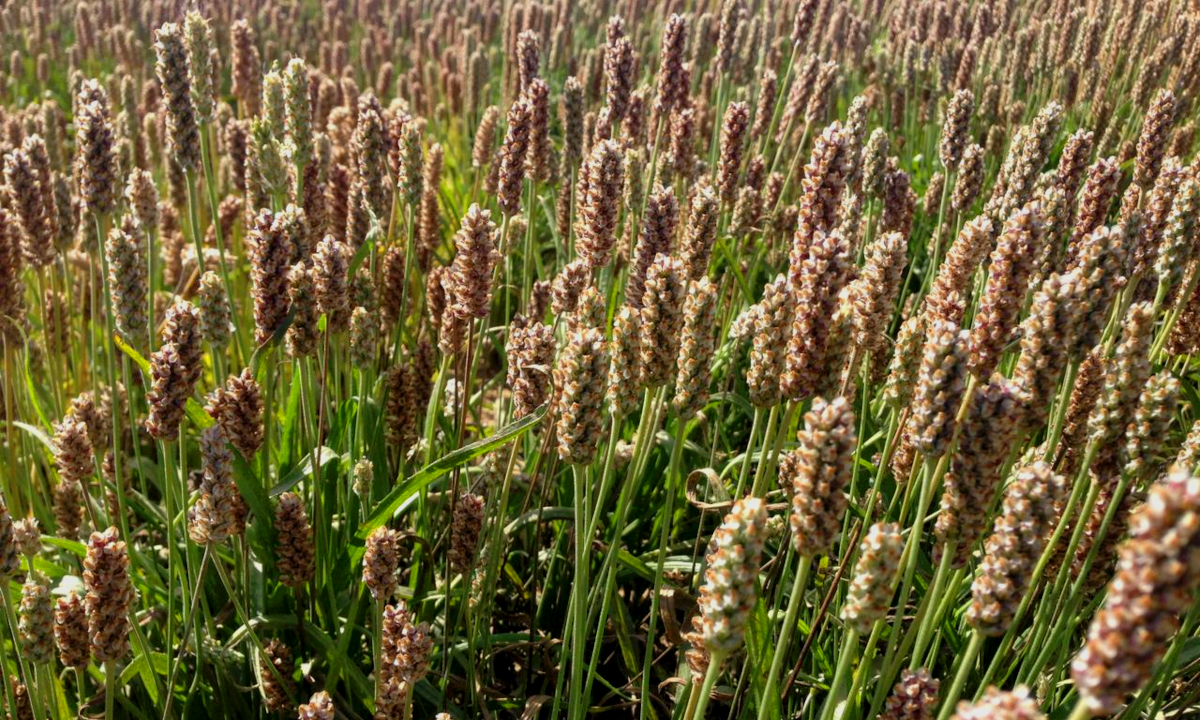
Harvest-ready sand plantain plants
Processing psyllium seeds after harvesting
As with other long-life grain products, e.g. cereals, the whole psyllium seeds must first be thoroughly cleaned after harvesting, as they still contain foreign matter, e.g. other plant components, insects, stones, sand and dust. Of course, you don't want these in a clean food product.
This is why the seeds first go through a multi-stage cleaning system, which becomes finer and finer from stage to stage. This is done, for example, using vibrating plates with different sieve sizes. First, coarse plant material and stones are removed.
In the next stage, sand and then fine dust are completely removed.
In the fourth and final stage, seeds that do not meet the quality criteria are removed.
Now that the pure psyllium seeds have been obtained, it is time to separate the psyllium husks from the seeds.
You can find various psyllium husk qualities in our store:
Special mills are used to separate the husks from the seeds and sort out most of the broken seeds. The remaining husks and also the remaining parts of the broken seeds must now be sorted according to their quality. To do this, machines are first used that sort the material based on its density or weight using air pressure. For the remaining material, the force of gravity is used. This is simply blown out of the front of the machine and, depending on its weight and density, it ends up in different areas and can therefore be sorted according to its degree of purity. The percentage of psyllium husks therefore always says something about its degree of purity.
Let us now turn to the last product group that is harvested from April/May. The Cretan teas and aromatic herbs.
Sage, thyme and rosemary - hand harvest in spring

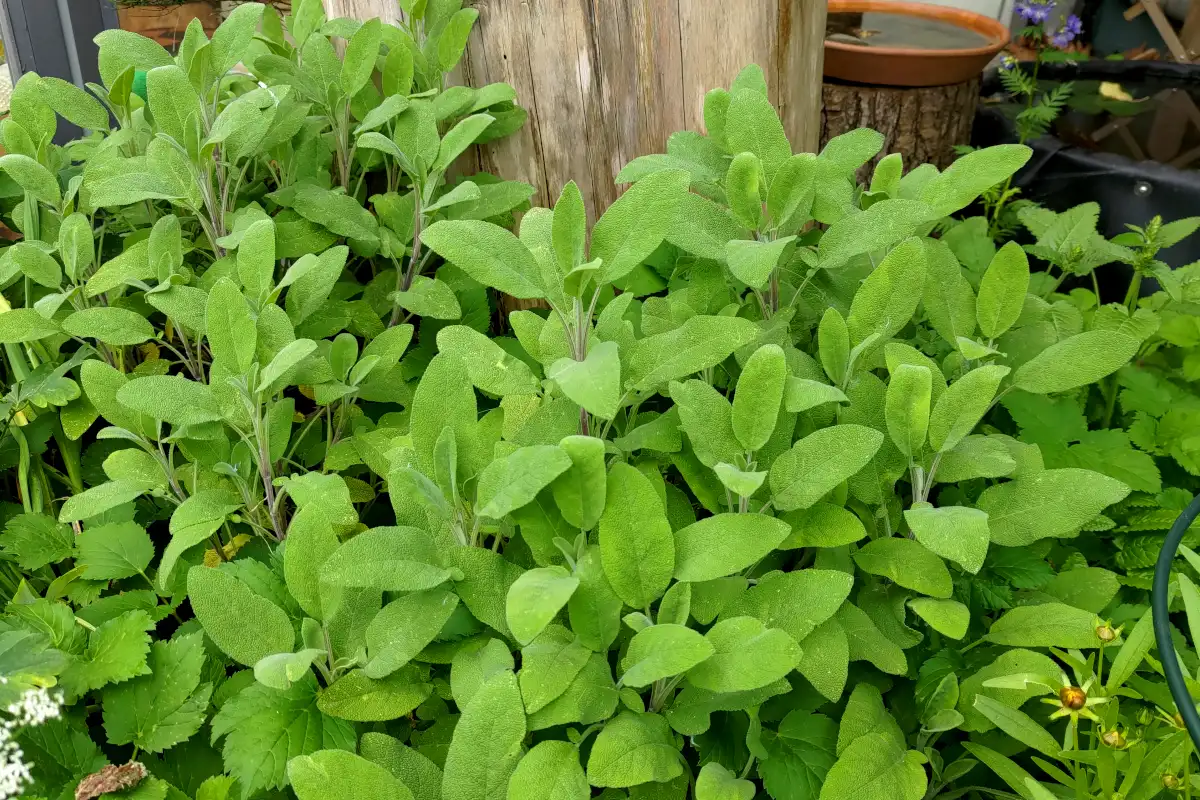
Just as flower pollen, barley grass or psyllium husks reflect the specific flora of the area in which they are sourced, sage, thyme and rosemary are characterized by properties that can be traced back to their place of origin.
While flower pollen and barley grass juice powder have a high protein and vitamin content, psyllium husks stand out due to their high fibre content.
Mediterranean herbs, on the other hand, are particularly notable for their polyphenols and essential oils.
Sage, rosemary and thyme are naturally found throughout the Mediterranean region. Nevertheless, there are also differences in the development of essential oils and therefore also in the aroma and taste.
On Crete, where the plants are exposed to particularly harsh conditions, rough sea winds, strong sunlight and thin mountain air, the herbs and spices mature into particularly resistant and intensely aromatic plants.

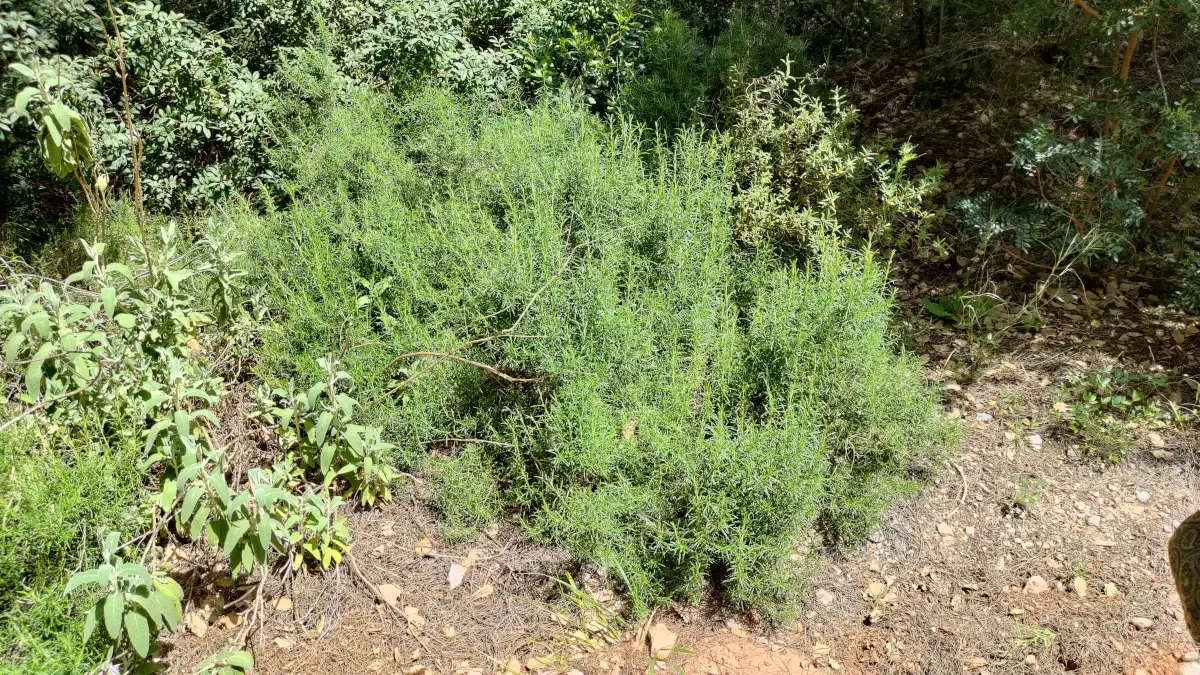
As sage, thyme and rosemary all prefer calcareous, well-drained soil with a high proportion of sand or stone, they find the ideal growing conditions on Crete.
Sage(Salvia officinalis) is probably the most aromatic of the three plants, which is also reflected in its profile of essential oils and polyphenols.
Sage contains the essential oils borneol, camphor, cineole and thujone in particular, as well as tannins and saponins to ward off predators and, of course, bitter substances and resins.
But thyme(Thymus vulgaris) and rosemary(Rosmarinus officinalis) are also only slightly inferior to sage in terms of the content of active ingredients, taste and aroma.
Thyme also contains thymol and carvacrol, while rosemary contains rosmarinic acid, which is particularly effective against fungi and bacteria.
When the plants have reached the peak of their concentration of active ingredients, they are carefully harvested by hand.
On the one hand, this guarantees that no permanent damage is done to the plant and, on the other, that our herbs do not contain any unwanted weeds that might contain pyrrolizidine alkaloids. Pyrrolizidine alkaloids are toxins that are mainly found in plants in warmer regions and can become a problem with contaminated herbs that have been harvested by machine. This is almost impossible with hand-picking and to be absolutely sure, we check the end products again in the laboratory.
After harvesting, the aromatic herbs are gently air-dried. In this way, both the spicy aroma and the appealing color are largely preserved.
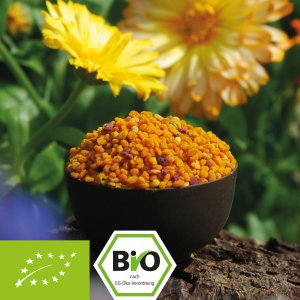
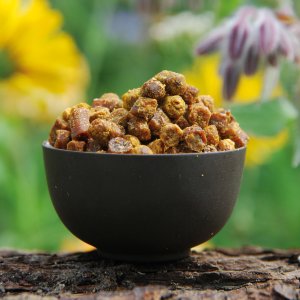
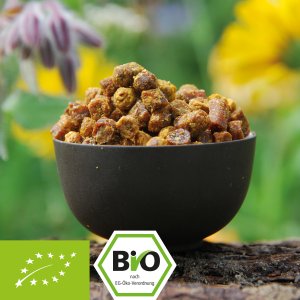
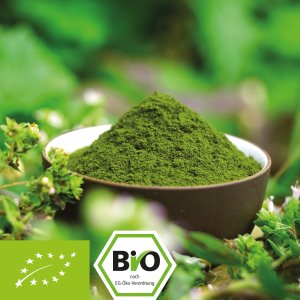
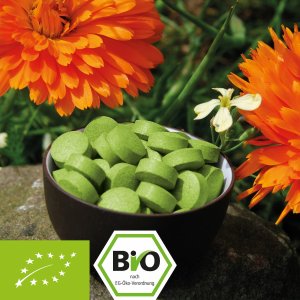
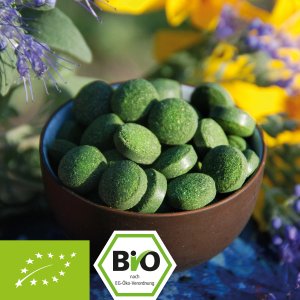
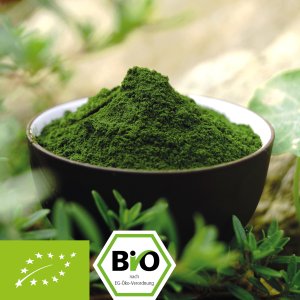
.jpg)
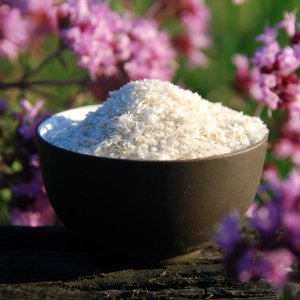
.jpg)
.jpg)
